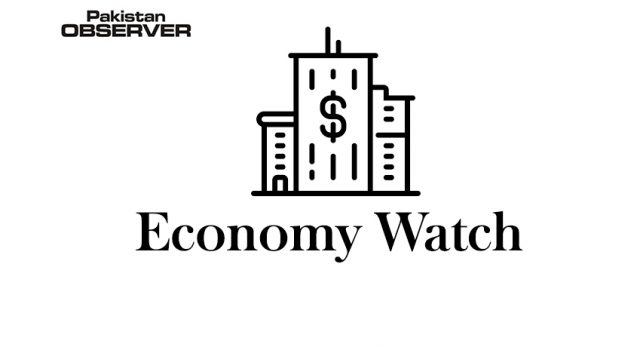Staff Reporter
Islamabad
The Finance Division have refuted the article, titled “Rate hikes, rupee fall to have serious social impact” published in national daily on September 16, 2019 in which the writer has exaggerated the cost of stabilization under the IMF program while ignoring the anticipated positive impact of the same.
The article suggests that increase in key policy rate is aimed at attracting yield seekers and to attract the so called “hot money”. However the writer ignored to mention the key reasons for increase in policy rate, which includes build-up in excessive demand pressures in recent years and associated increase in inflationary expectations in the economy.
This, together with other administrative measures helped to discourage the imports of non-essential items in order to keep a check on otherwise widening trade deficit. Although the rate hike may induce some “hot money” to get into Pakistan as mentioned, it is not to be used by any means as a strategy for accumulating foreign reserves.
This is evident from recent increase in foreign exchange reserves, which has been achieved primarily by reduction in trade deficit. Furthermore, the article also suggests that both increase in policy rate and PKR depreciation impacted the cost structure of the listed companies through increasing their cost of raw materials. However, the author didn’t consider the fact that the government has provided a number of incentives to industries. Indeed, in budget FY19-20, the government has provided relief to export-oriented sectors which can now import more than 1600 raw material items at reduced/zero tariff rates.
Additionally, the SBP has kept the lending rates unchanged for export oriented sectors under its Long-term finance facility (LTFF) and Export Finance Scheme (EFS). Over the short-to-medium-term, this would help to reduce chronic woes of the external sector through improving trade balance.









